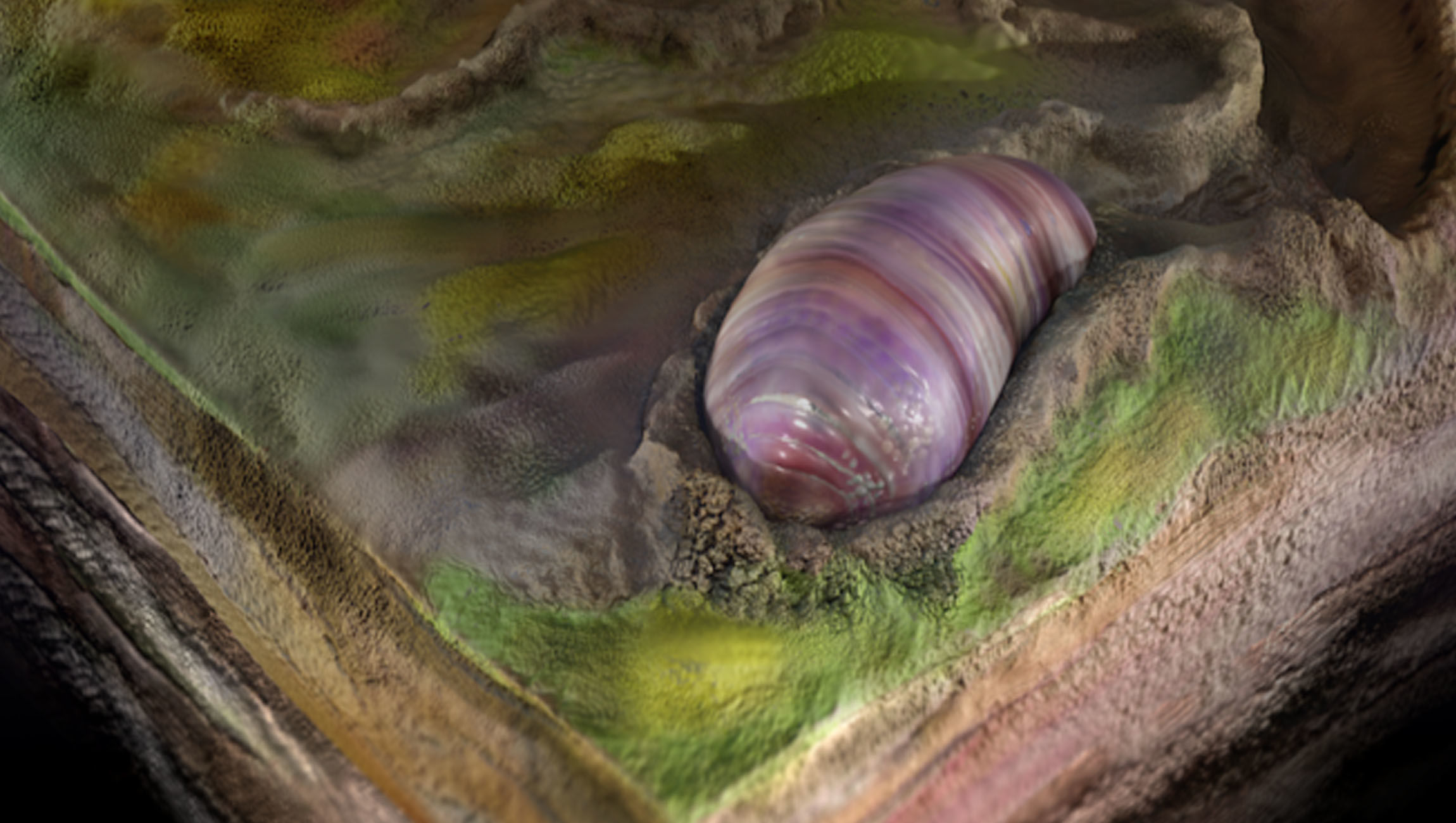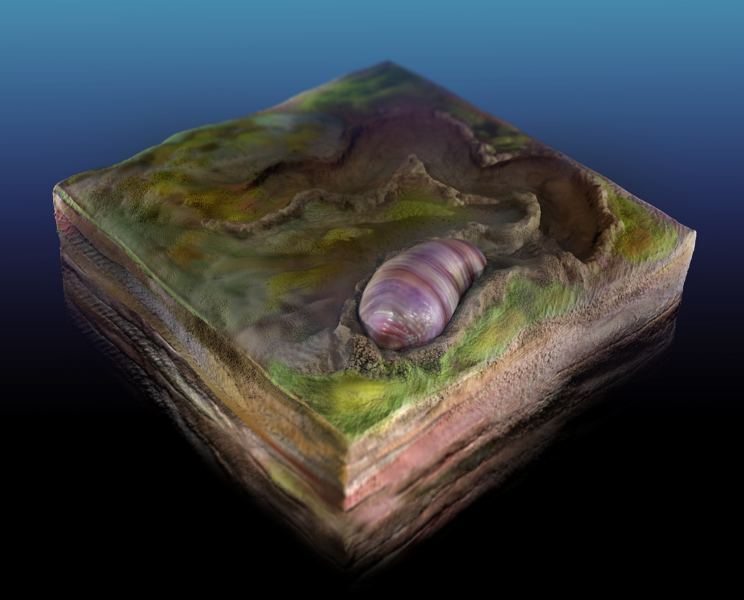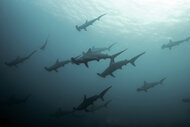Create a free profile to get unlimited access to exclusive videos, sweepstakes, and more!
Yes, a sea worm was the ancestor of most animals... and that means us

When you were told that humans evolved from earlier primates, that was believable, right? What if you found out that we really evolved from a worm that was crawling at the bottom of the ocean 555 million years ago?
Well, sort of.
Ikaria wariootia is the extinct Ediacaran sea worm that has been found to be the origin of humans and all other bilateral creatures. Bilaterians have their bodies organized the same way on each side, with a mouth and the opposite of a mouth. Until now, paleontologists could only imagine what the first bilaterian must have looked like. Turns out they were almost dead on, since this thing didn’t have much more than a mouth and a butt to it. Fossilized burrows with the imprint of the worm have finally surfaced, and are now both proving that image right and understandably freaking everyone else out.
“This organism is consistent with predictions based on modern animal phylogenetics that the last ancestor of all bilaterians was simple and small and represents a rare link between the Ediacaran and the subsequent record of animal life,” said UC Riverside postdoc Scott Evans, who recently published a study in PNAS.
There are several ways this otherwise creepy life form is just like us — and all bilateral organisms. What we know of the rest of the Ediacaran biota, or the earliest complex multicellular life forms (think sponges and mats of algae), is that these creatures lacked body symmetry and had no mouth or gut.
I. wariootia was symmetrical on either side and had a definitive front and back, with a gut going through its body and connecting openings at both ends. These are the dorsal-ventral and anterior-posterior axes of the body. It could actually swallow food instead of feeding by osmosis, or absorbing nutrients from the surrounding water.
The prehistoric ancestor of bilaterian animals today was about the size of a grain of rice and moved by peristaltic locomotion, or contracting muscles across its body like extant worms. Its burrows revealed how it shoved food in its mouth. Evans’ team used a 3D laser scanner to zoom into the burrows and find impressions left by I. wariootia. Wherever sediment has been displaced, the worm was probably feeding on organic matter buried in the seafloor.
Bilaterality is so crucial for most animals today because it allows for purposeful movements. It wouldn’t exactly be that easy to get things done if you had one arm randomly shooting out of your head and the other on your hip. The double body axes first found in I. wariootia allow different systems to develop on their own and specialize in certain functions: the central nervous system on the dorsal, or upper back, side of the body in vertebrates, and on the ventral, or upper front, side in most insects and other invertebrates. Eyes and other sensory organs are usually found on the anterior axis whether you’re a human or a praying mantis. You can probably guess about the posterior.
I. wariootia represents a point in evolution representing “the transition from simple, microscopic [life] forms to the abundance of complex animal life that exists today,” Evans said.
Knowing what the earliest bilaterians on Earth looked like could help us identify alien life that might just be emerging and in the early phases of evolving on other planets. No wonder this study was funded by a NASA exobiology grant.
(via UC Riverside/PNAS)















